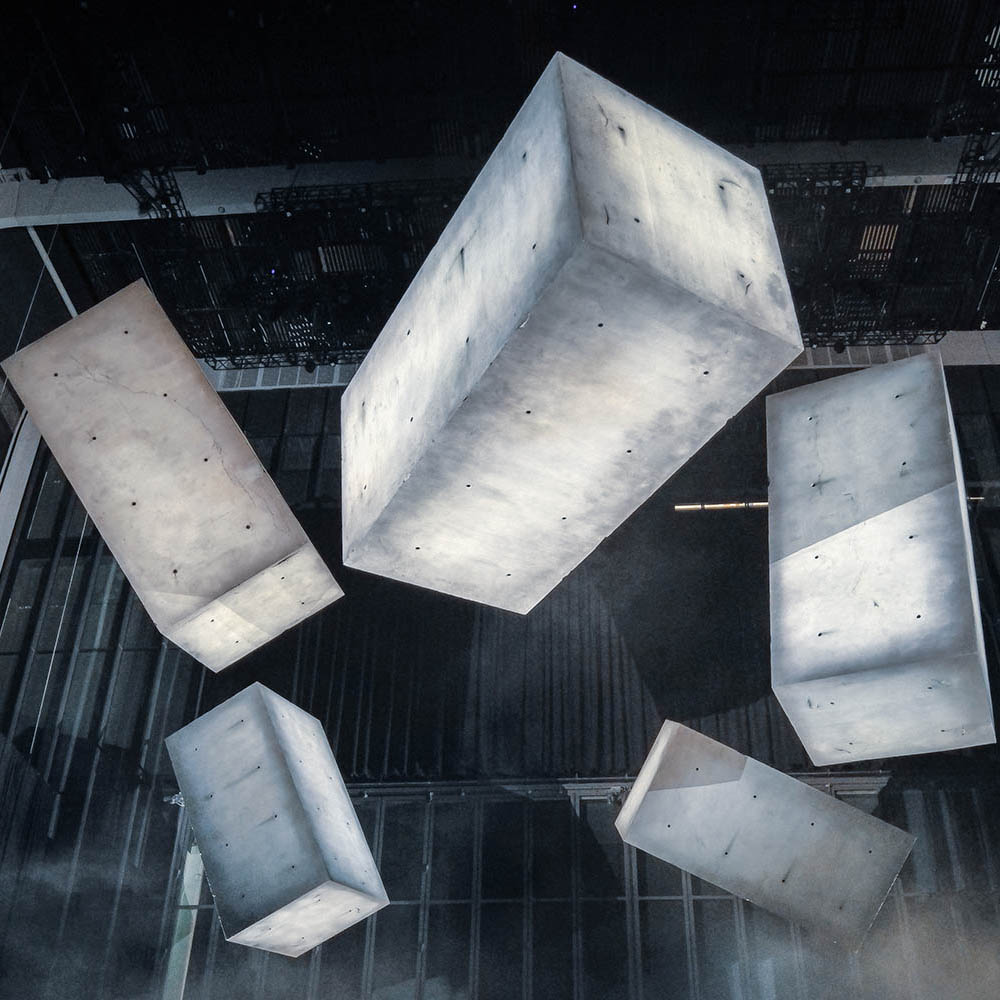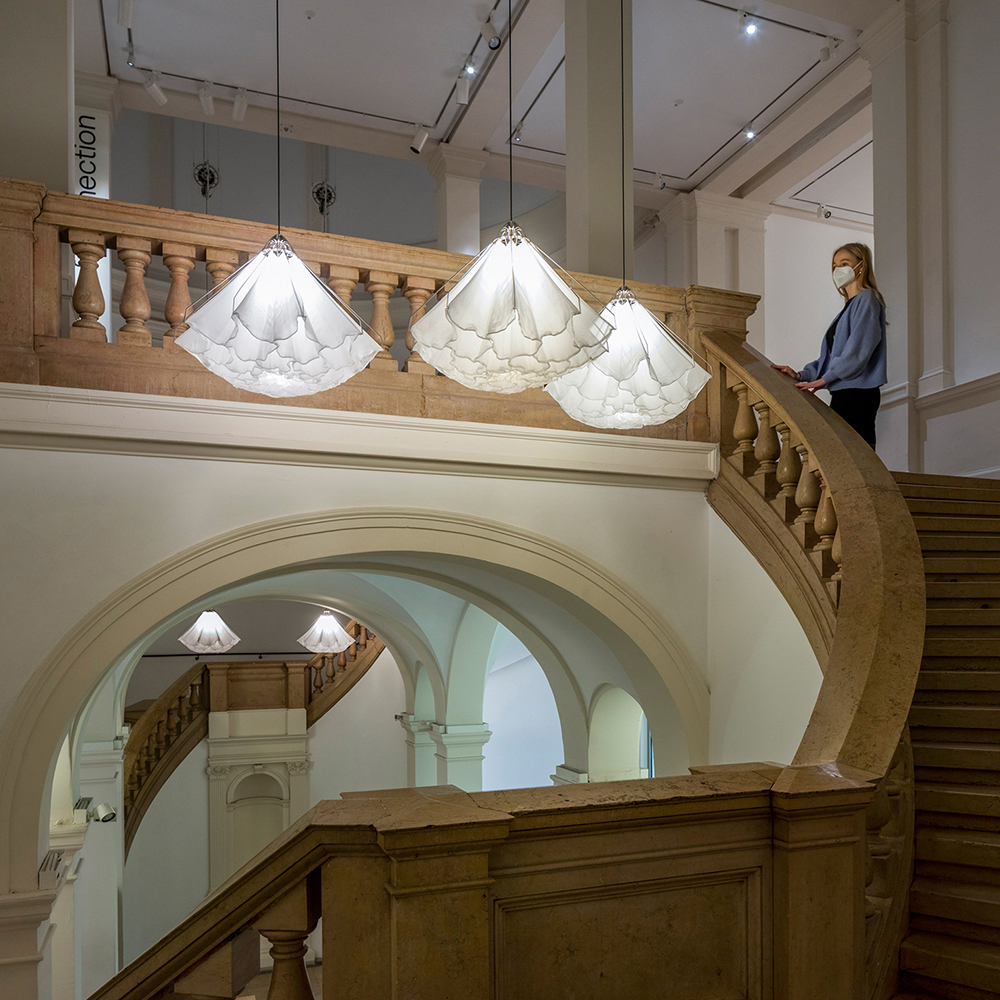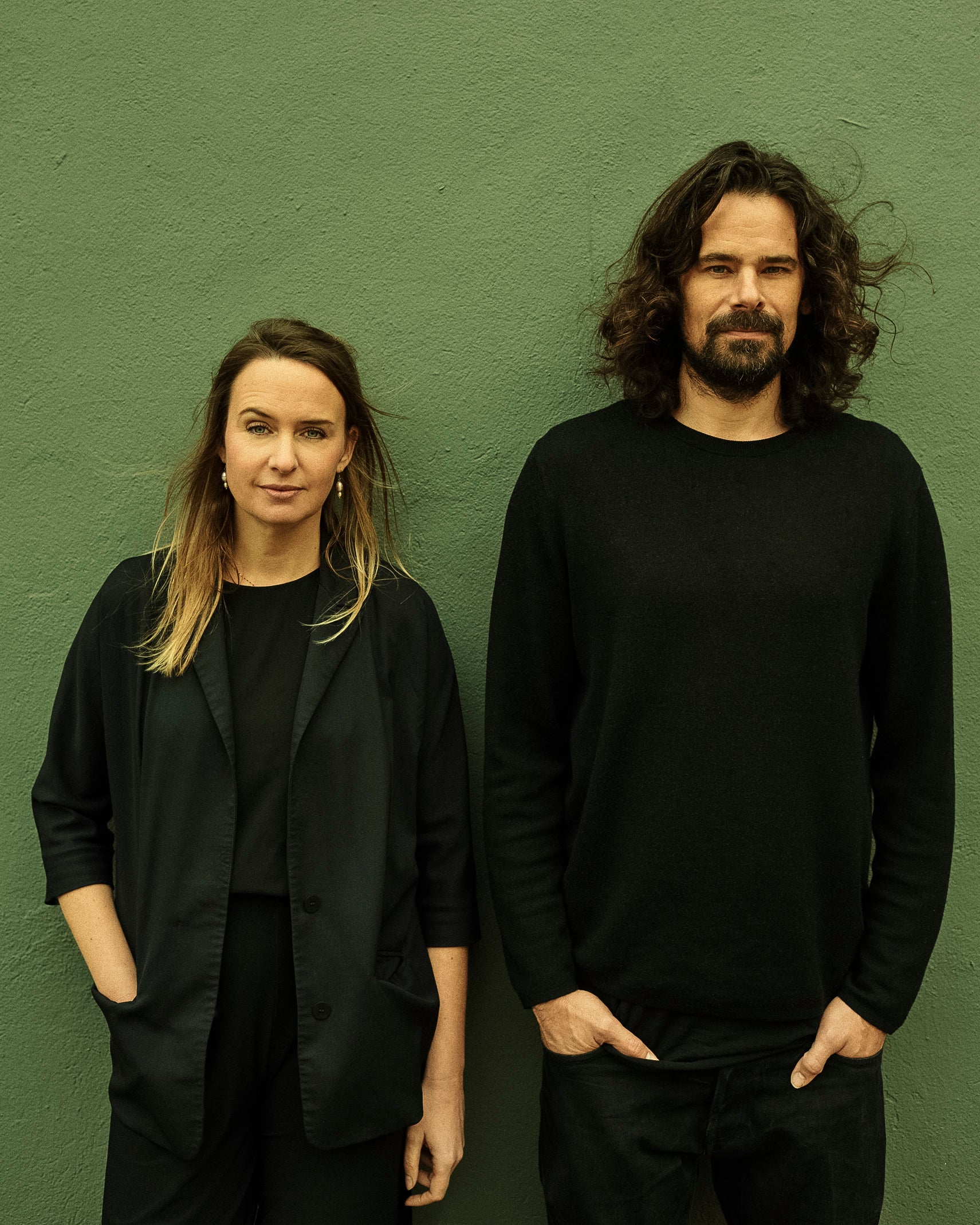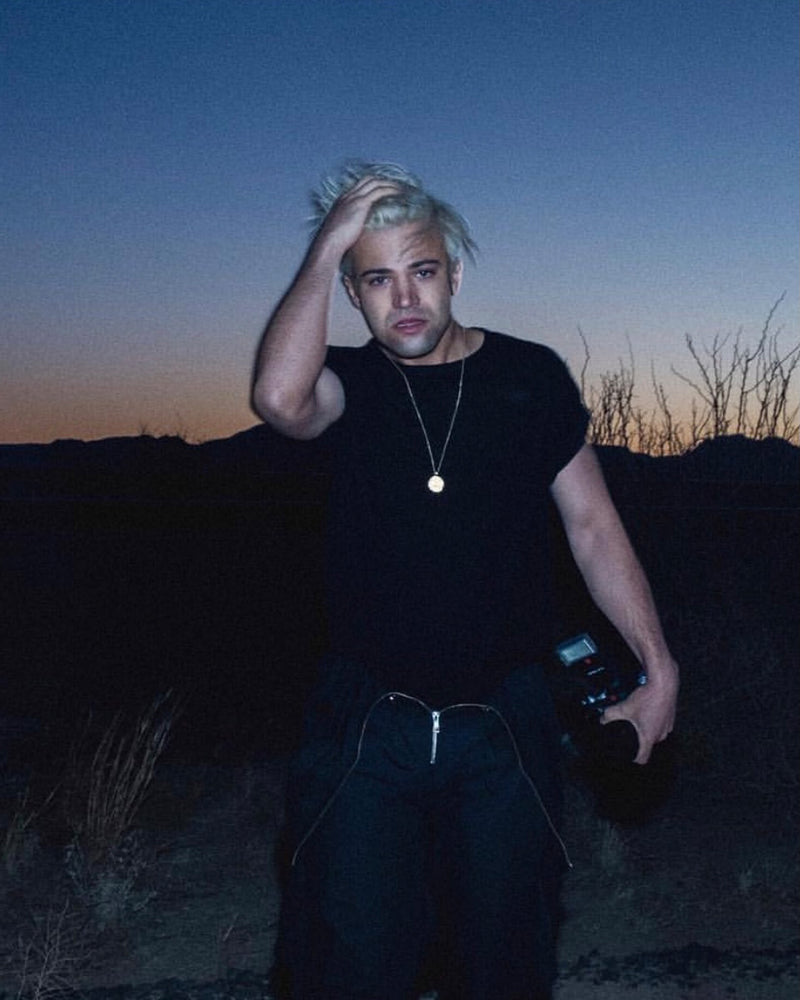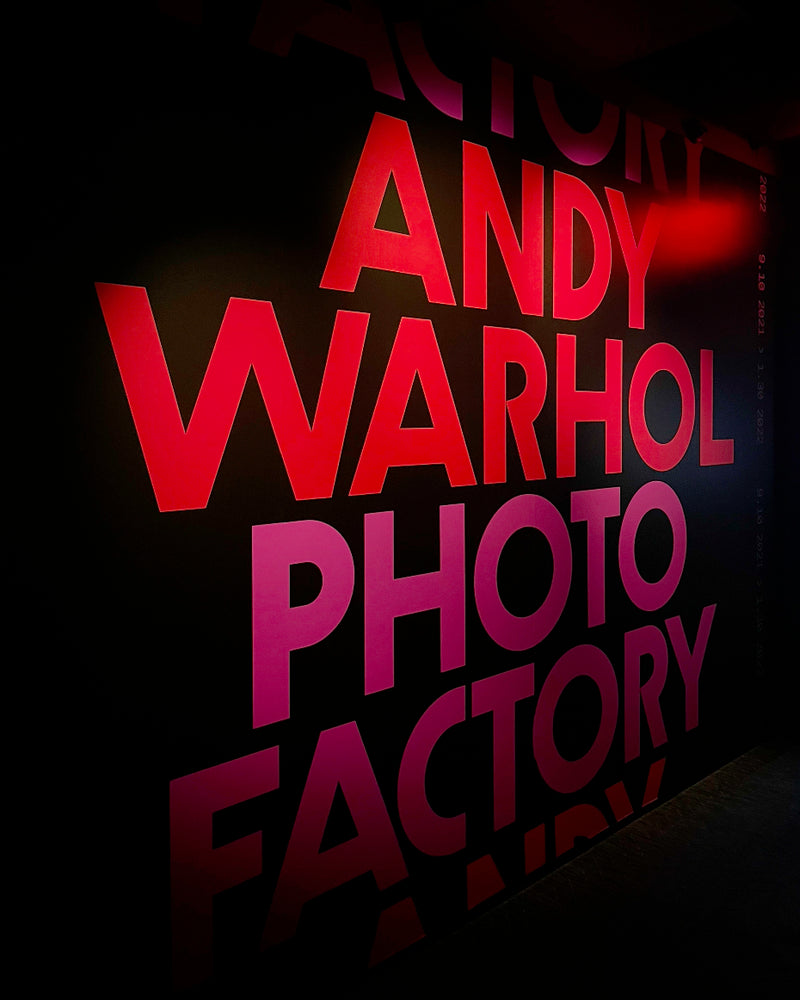Artists Lonneke Gordijn and Ralph Nauta founded their Amsterdam-based, multidisciplinary studio, DRIFT, 15 years ago. Now, working with a 64-person team, the designers use cutting-edge technology to create interactive and innovative natural and man-made structures that have been exhibited globally from London’s Victoria & Albert Museum to the Stedelijk Museum in Amsterdam. On the heels of DRIFT's first-ever solo exhibition in New York at The Shed, The 10,000 spoke to Gordijn and Nauta about their process, mission, and the role of technology and sound in their practice.
The two of you met while studying at the Design Academy Eindhoven. What drove you to start a studio together?
During our studies we always discussed our different interests. Ralph has always been into science fiction, while I was always interested in natural phenomena. We realised then that these worlds may not be so far apart as we thought. Both of us would ask ourselves: “Why are things the way they are?” or “How can we change the world?” We would climb up an abandoned building and spend hours philosophising about this. We inspire each other to look beyond our notions of art and design and this drove us to found DRIFT in 2007 as a multidisciplinary studio. In our work we merge our interests in installations that remind us of being human in a rapidly changing environment in which technology plays a central role.
DRIFT was founded in 2007—over 14 years ago. Was the studio always interested in showcasing the role of technology in society?
Our primary goal has always been to bring connections between nature and humanity. We believe that these connections are dynamic, but we need technology as a means to cultivate these connections, replicating and representing the existing natural patterns humanity has lost touch with. To this end we want to present a positive vision of technology. We want to play an active role in human-centered technological developments and show that nature and technology can work together as a single entity. Although it sounds paradoxical at first, we would like to show that technology can be utilised intuitively, to cultivate a deeper connection between humanity and nature. We embraced technology from the conception of DRIFT and were pioneers in this sense as we did this before the technological revolution that’s going on now. Now, technology has become a core pillar of many art practices, which is very fun to see.
Header Image: DRIFT, Meadow, 2017. Installation view at Superblue Miami, 2021. Photo: Oriol Tarridas Photography
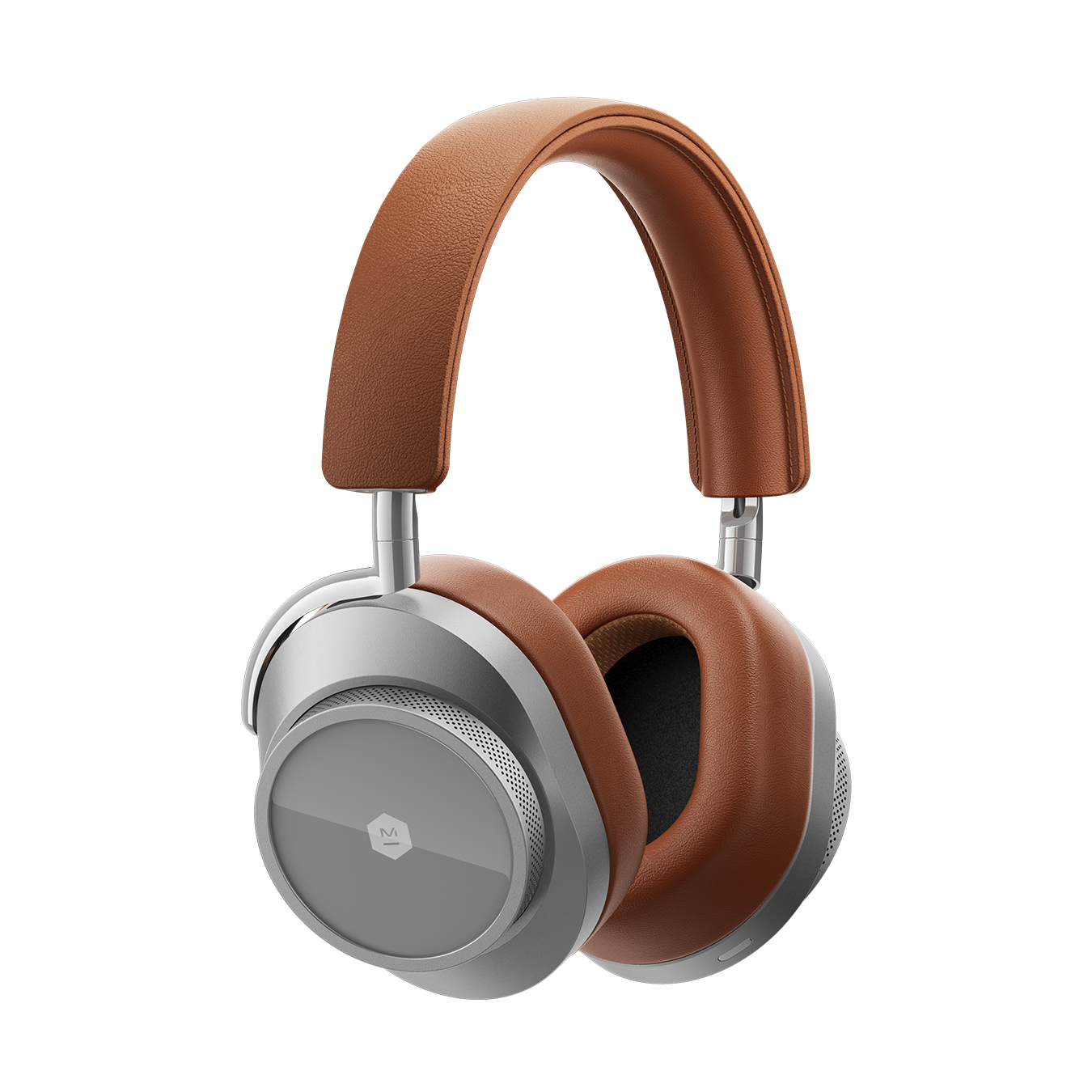
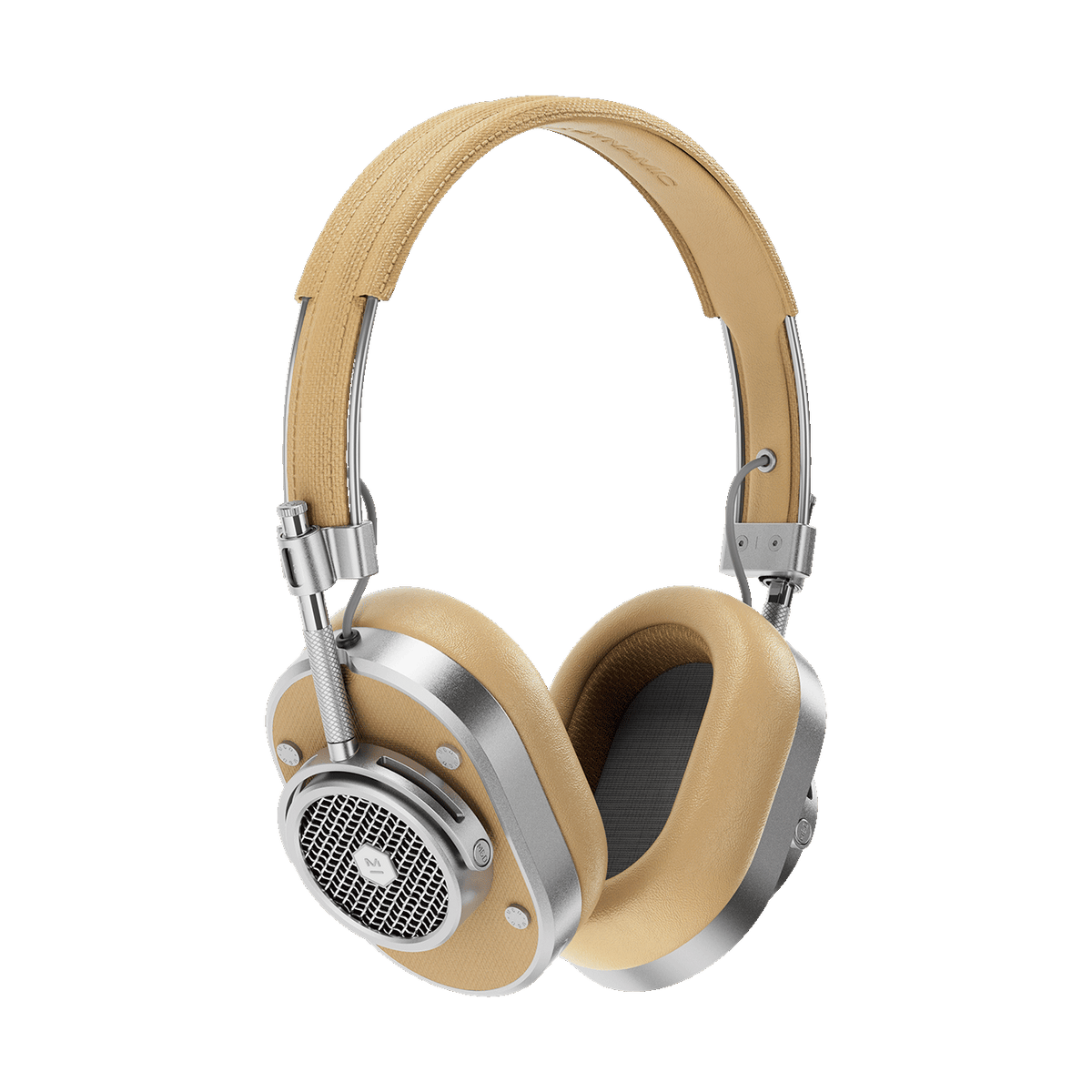
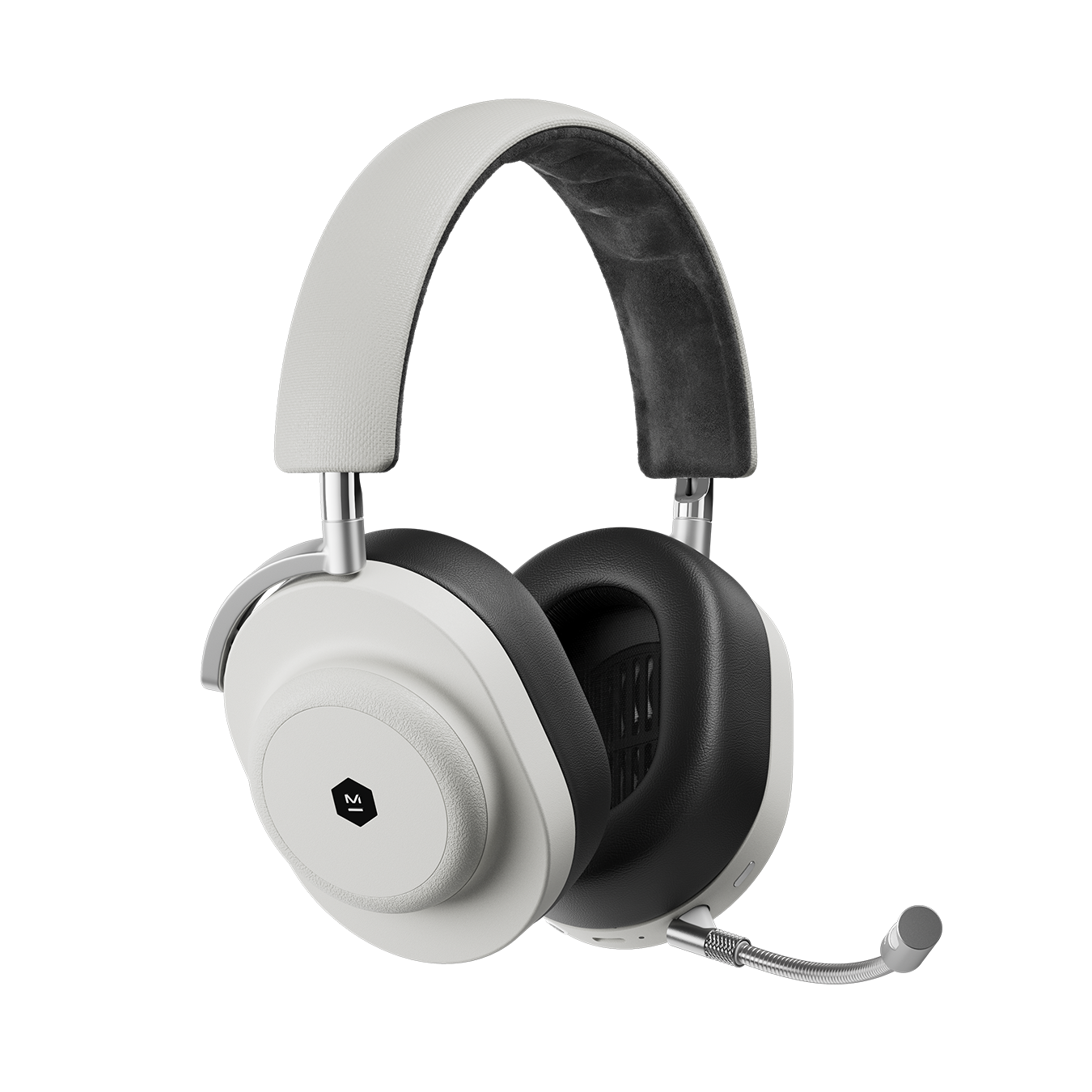
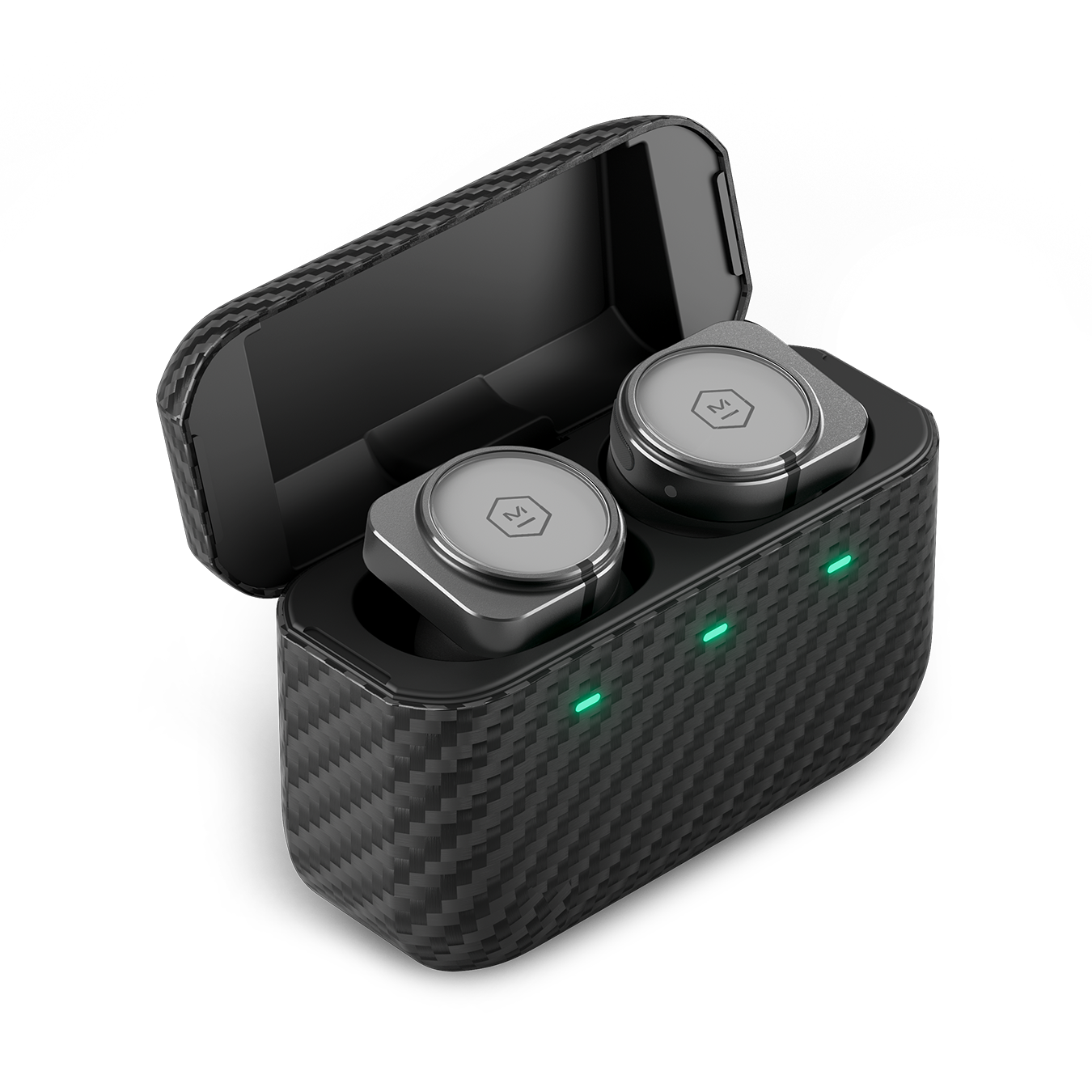
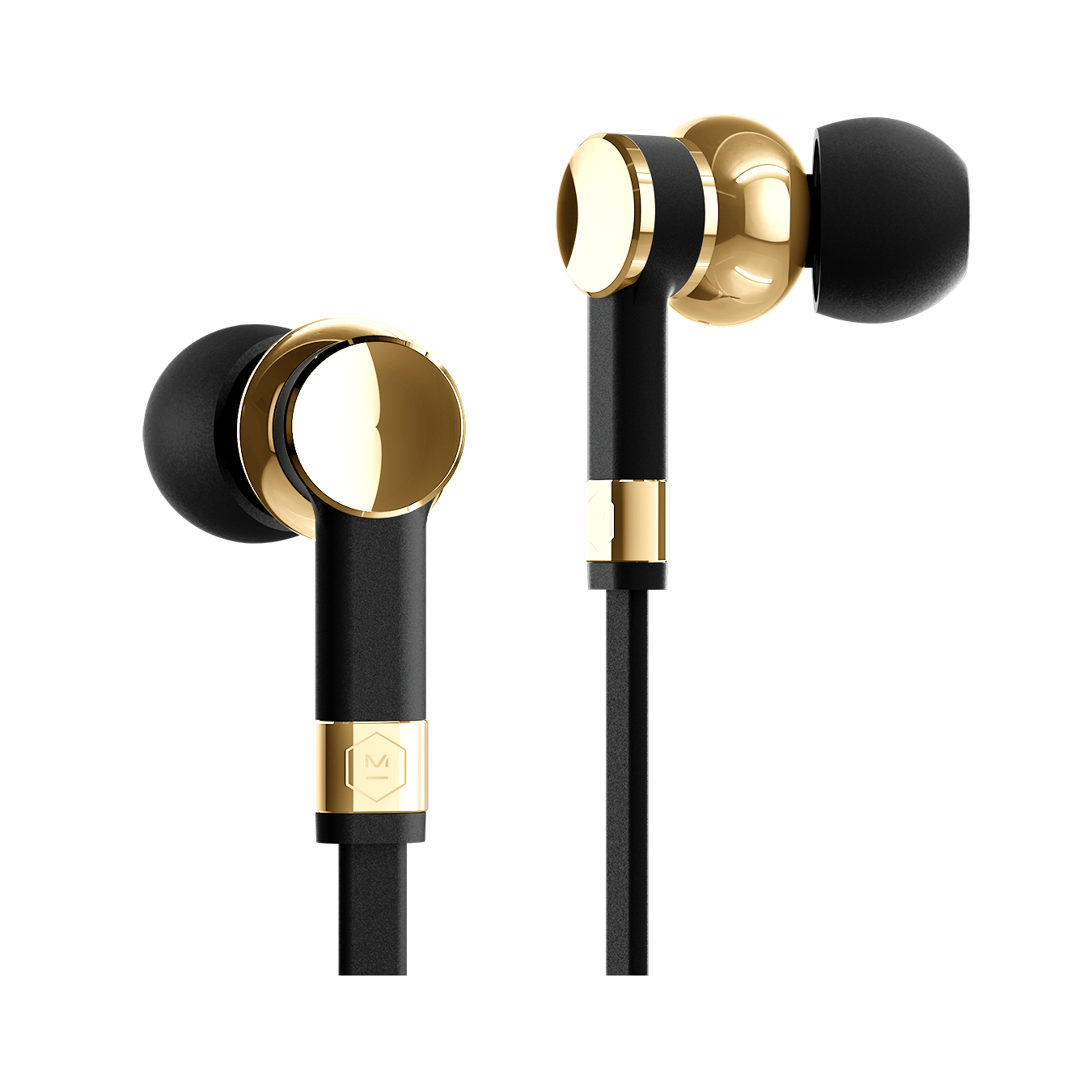
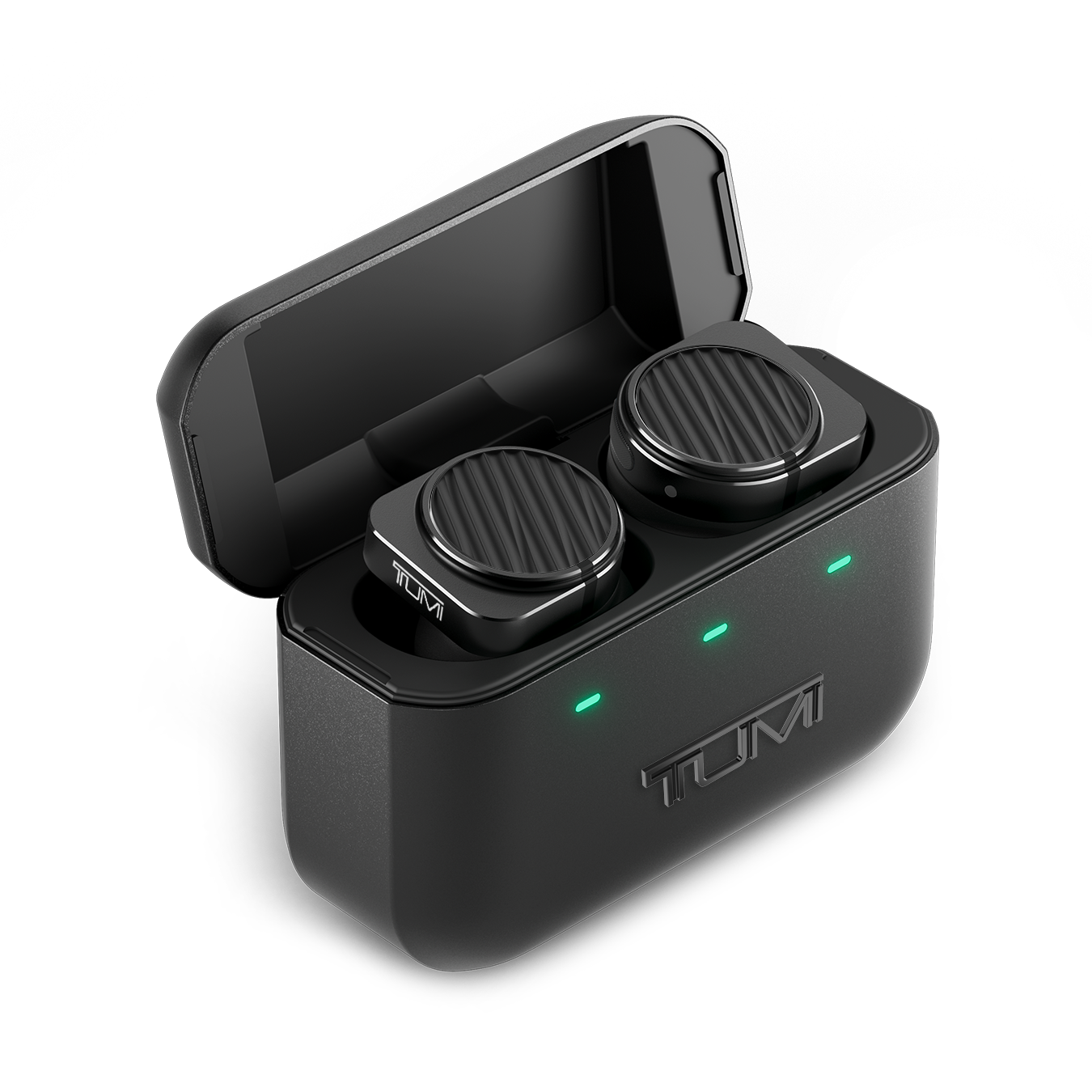
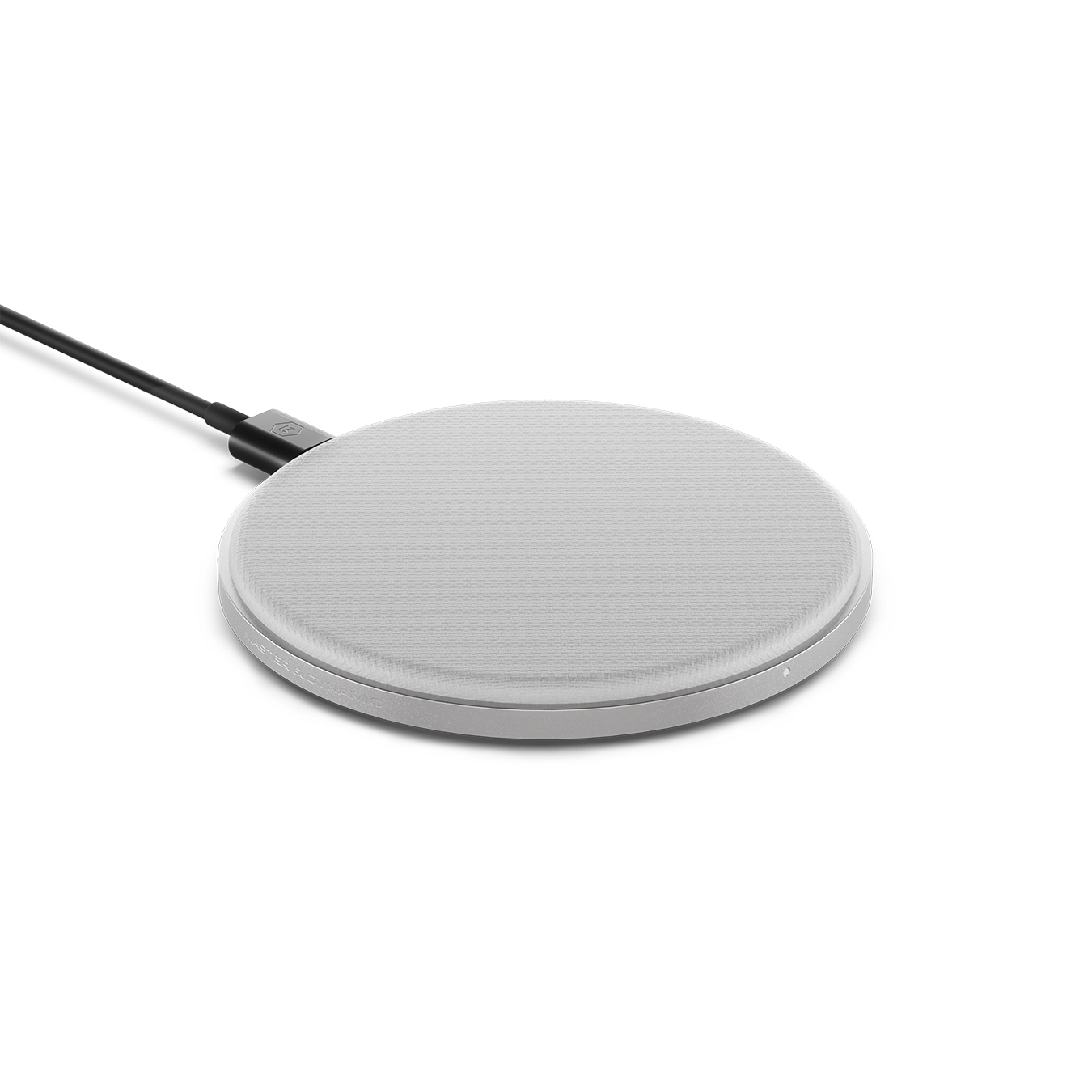
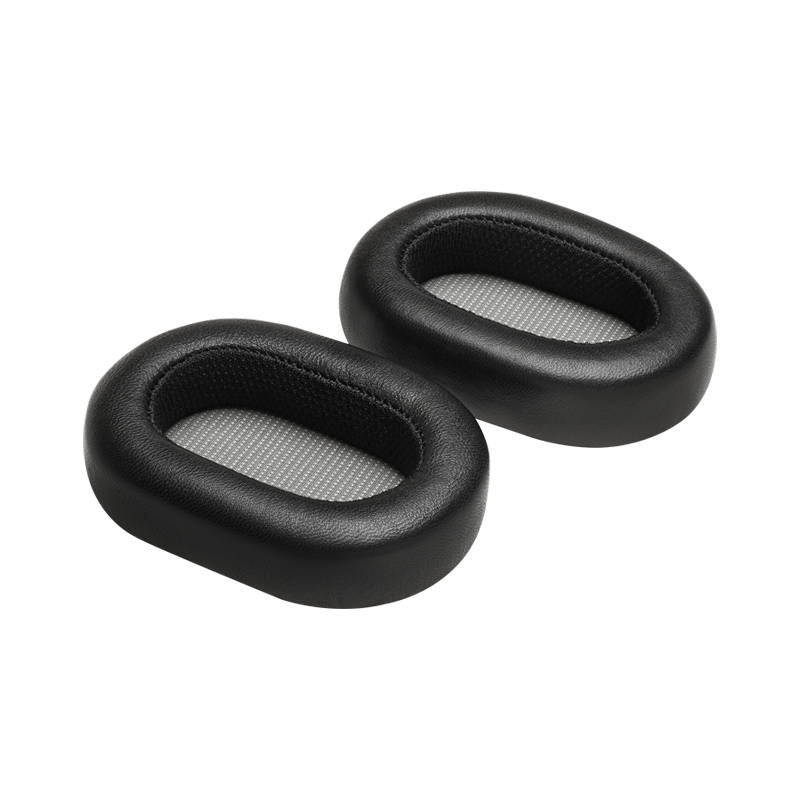
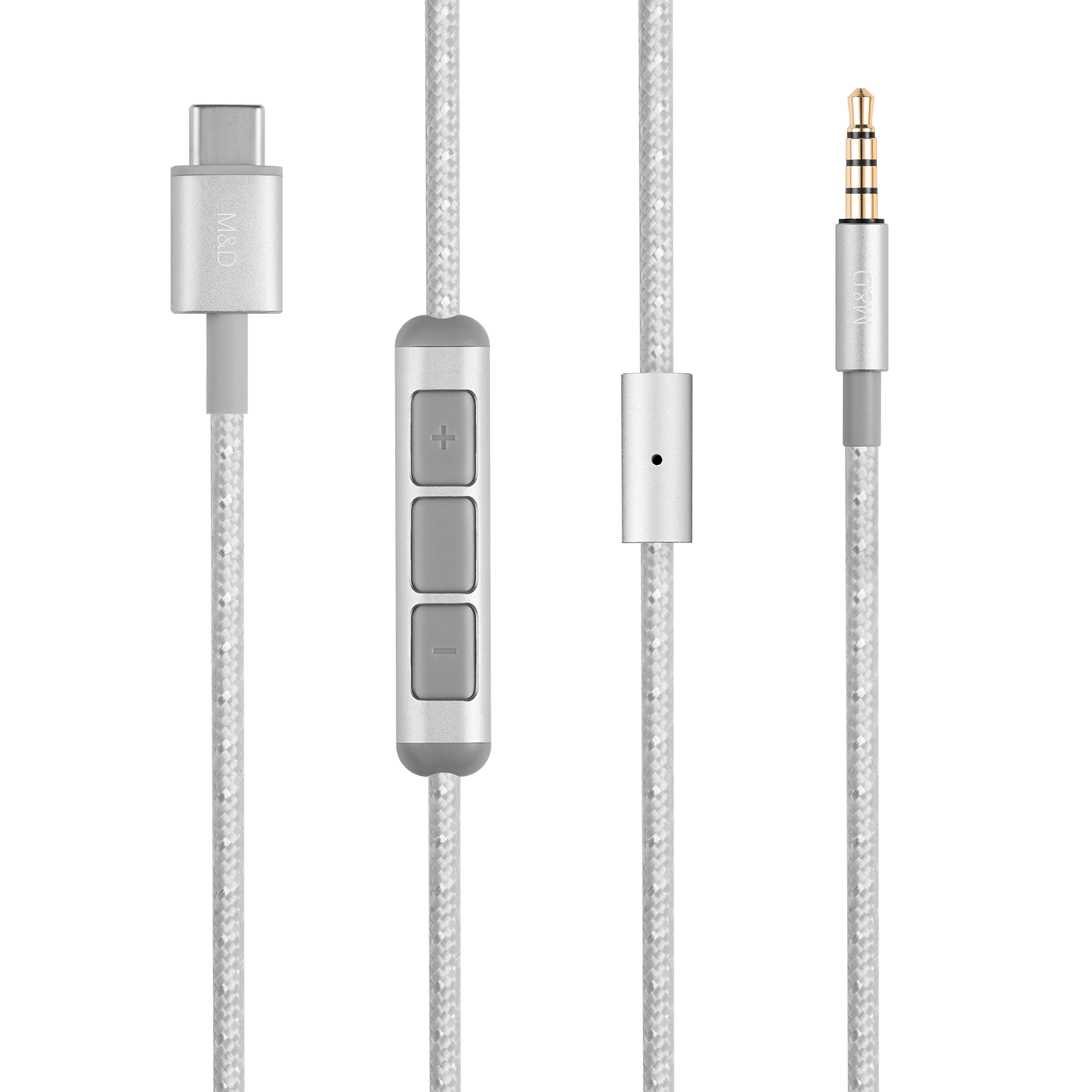
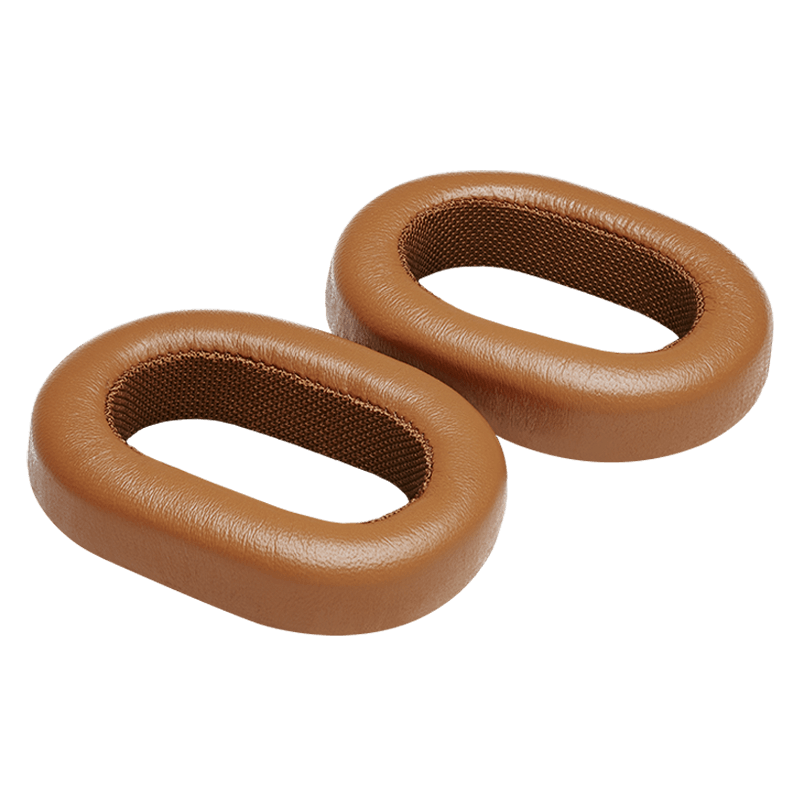


.jpg?v=0)


